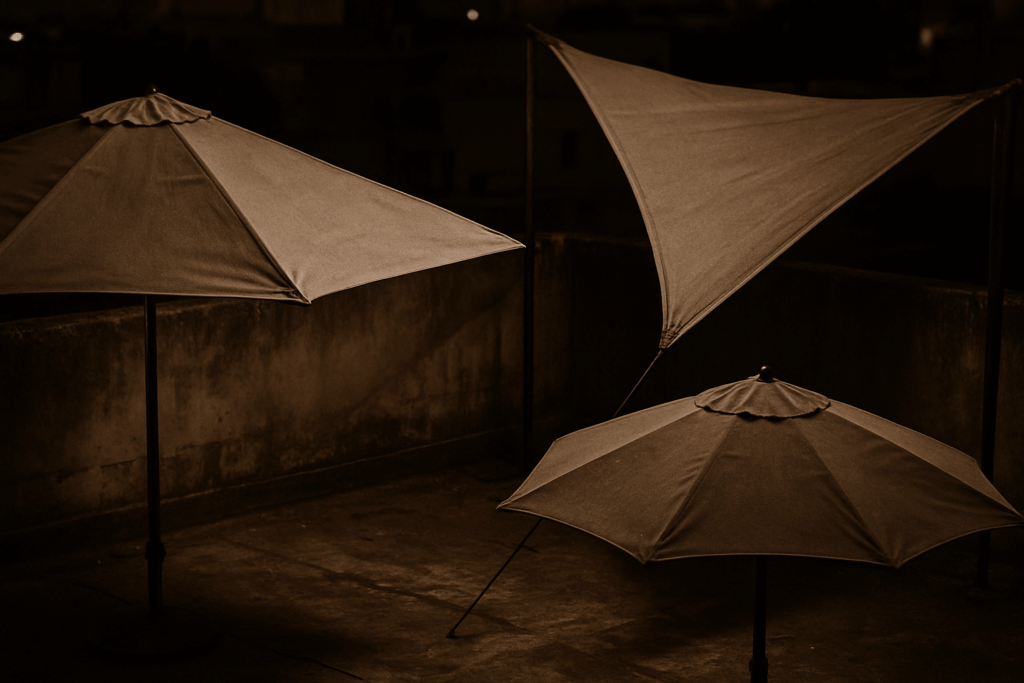Introduction
Vlogging has taken its share of punches over the last few years—algorithm updates, oversaturation, and shifting viewer habits—but it’s still standing strong. In fact, some would argue it’s sharper than ever. The difference? Smart creators adapted. They didn’t just chase trends; they doubled down on storytelling, connection, and relevance.
Heading into 2024, the digital landscape is changing again. Platforms are rewriting the rules, audiences are craving more than just flash, and new tech is reshaping how content gets made. This isn’t a time to coast. It’s a moment to rethink what works, realign with your audience, and sharpen your voice.
For creators who pay attention and pivot with purpose, there’s opportunity. For those who don’t—well, views and reach might start to slide.
Gazebos
Gazebos bring structure and full shade to any outdoor setup. These freestanding shelters, often with a solid roof and open sides, work well as seating areas or central features in a yard or garden. They’re functional, but also offer a visual anchor—a place that says “this is the spot.”
Material choice matters. Wood gives a rustic, natural look but needs upkeep. Metal is durable and modern, ideal for a cleaner aesthetic or all-weather use. Vinyl is low-maintenance and budget-friendly, though not quite as customizable in style. Pick based on how it complements the rest of your space and how much time you want to spend maintaining it.
Whether you’re hosting dinners, lounging with a book, or creating a backyard escape, a gazebo adds both shade and personality.
When it comes to adding a shade structure to your outdoor space, think of it as more than just sun cover. It should echo the style and flow of your landscape design. A modern garden with sharp lines tends to pair well with sleek pergolas or tensioned sails. Something more rustic? Go for timber-framed pavilions or vine-covered trellises.
Color matters. Match or complement the tones already in your home’s exterior and your garden elements. Natural, earthy colors tend to blend well, while darker tones create a bold frame for lighter landscaping. Materials should follow both function and mood—metal, wood, fabric—each sets a different tone.
Placement isn’t just about shade. It’s about balance. Situate your structure where it creates definition without blocking key garden visuals. If you’re also using lighting, integrate subtle fixtures into beams or posts. That way, the shade solution doesn’t just disappear after dark.
For more ideas on how lighting can extend the use of your garden into the evening, check out this guide: Lighting Ideas to Transform Your Backyard After Dark.
Before you start building anything, take a hard look at where you’re putting it. Tracking sun patterns across the day matters—too much shade and solar-powered accessories won’t work, too much sun and you might roast in July. Wind exposure counts too, especially with lighter structures or loose materials that could become airborne hazards.
Check with your city or town about permit requirements. Some places ask for one even if you’re just anchoring posts into the ground. Skipping this step can lead to headaches later, including fines or forced removal.
As for cost, expect a basic setup using pressure-treated wood or aluminum to run anywhere from a few hundred bucks to several thousand—especially if you’re adding lighting, built-in seating, or higher-end composite materials. Right now, minimalist metal frames and recycled or eco-friendly materials are trending.
DIY is doable if you’ve got basic tools and some patience. But if you’re dealing with uneven land, custom design, or tight deadlines, a professional install might save your back and your weekends.
Seasonal Maintenance and Fabric Care
Keeping your outdoor gear in shape isn’t complicated, but it’s not optional either. Start with a seasonal deep clean—mild soap, soft brush, and plenty of water. Let it all dry thoroughly before applying any protective treatments. UV blocker sprays and waterproofing agents help extend the life of your sails and awnings, especially if they live outside year-round.
Fabric care matters too. For sails and awnings, avoid harsh chemicals and high-pressure washers. Those fibers do a lot of work and need routine attention. Spot clean stains early and store gear in a dry, shaded space when not in use.
Finally, check the details. Joints, fasteners, and tension points are the first to show wear. Loose seams and rusty connectors become big problems fast. A quick inspection every few weeks keeps bigger repairs off your calendar—and your wallet.
The Right Shade Structure Brings Year-Round Enjoyment
The right shade structure does more than block sun. Done well, it turns a patio or backyard into a usable space every month of the year. Think cookouts in the rain. Morning coffee without squinting. A solid structure expands your living area without hammering into your home.
Smart shade designs aren’t just about comfort. They add real value. Whether it’s a modern pergola or a retractable awning, these features can make a property look sharp and feel more livable. They’re functional upgrades with curb appeal baked in.
The key is to start with how you actually use your space. Do you host dinner outside? Work from your deck? Need a wind break for cooler nights? Answer that first. Let your needs shape the design—not the other way around.
